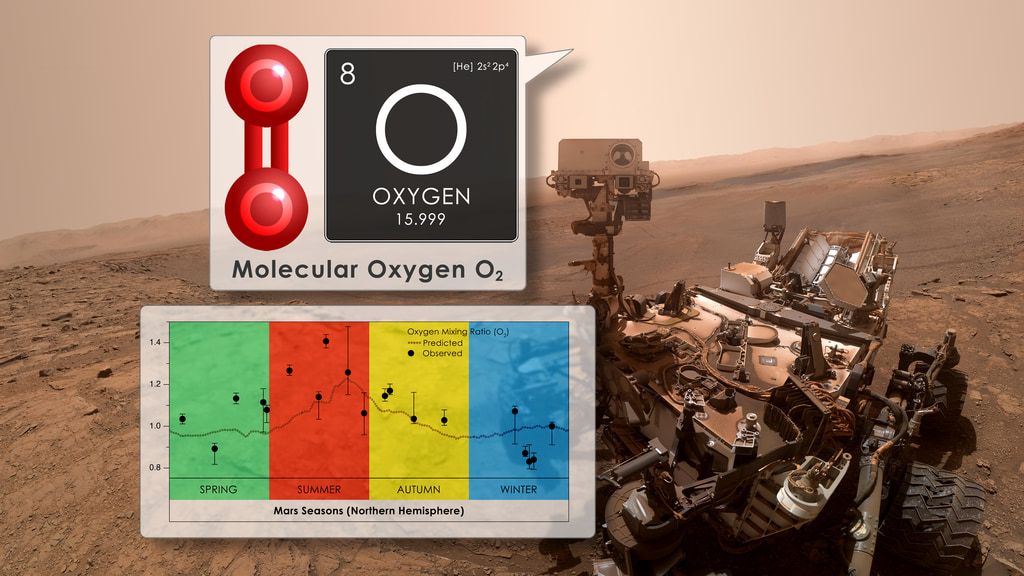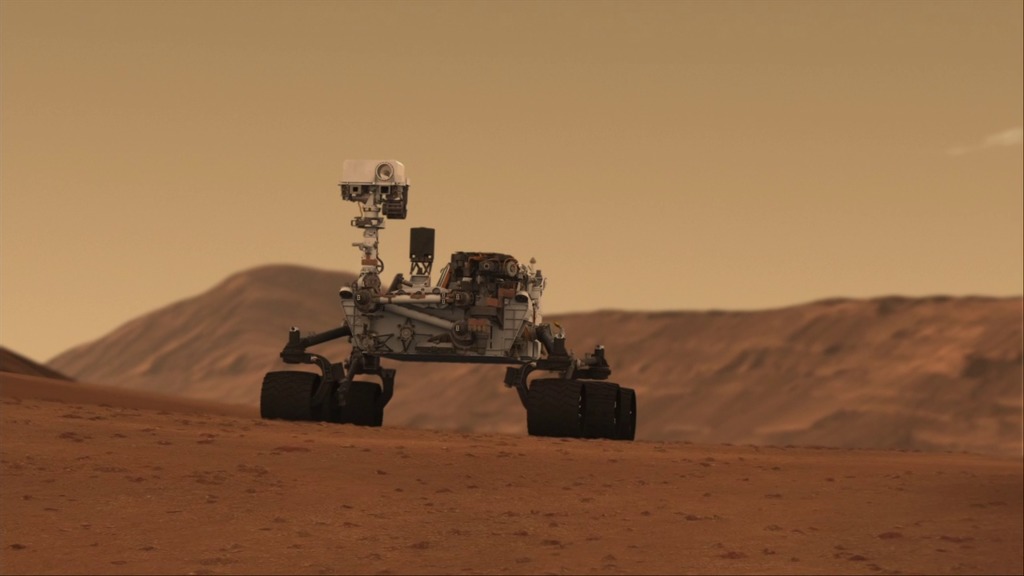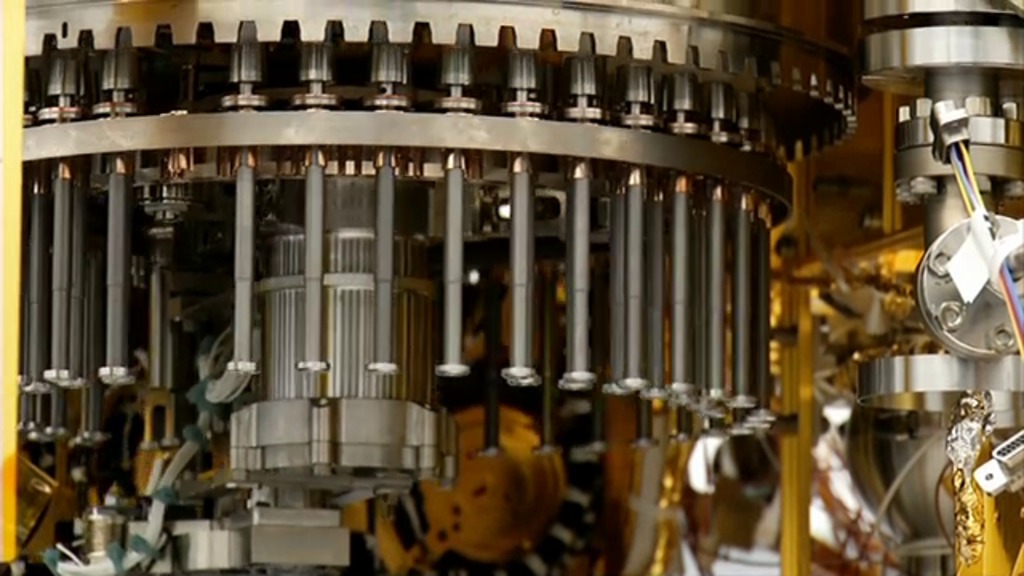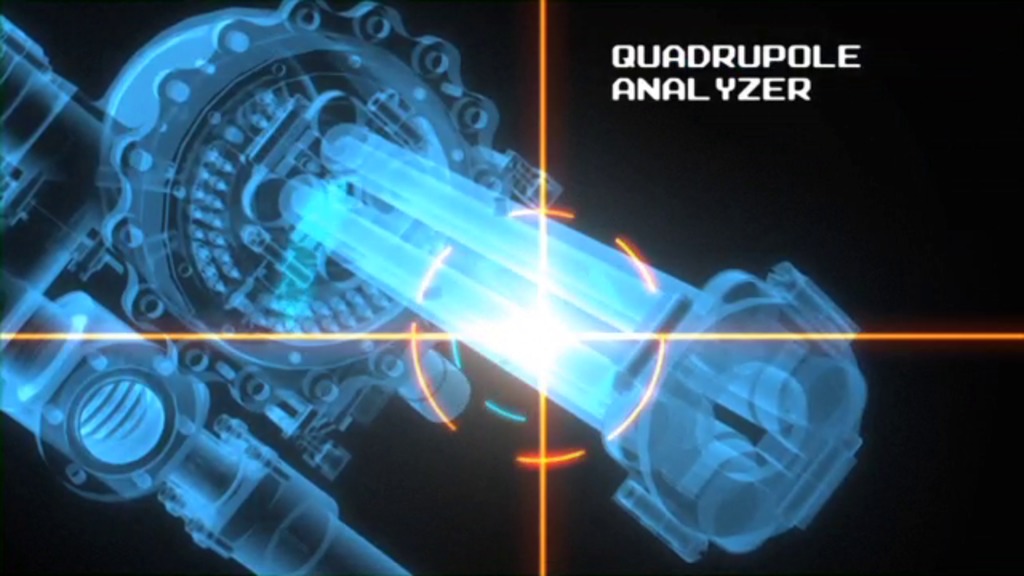Largest Organics Yet Discovered on Mars
Researchers analyzing pulverized rock onboard NASA’s Curiosity rover have found the largest organic compounds on the Red Planet to date.
Complete transcript available.
Universal Production Music: “Labyrinth of Discovery” by Emma Zarobyan [SOCAN]
Watch this video on the NASA Goddard YouTube channel.
Since arriving at Mars in 2012, NASA’s Curiosity rover has been ingesting samples of Martian rock, soil, and air to better understand the past and present habitability of the Red Planet. Of particular interest to its search are organic molecules: the building blocks of life. Now, Curiosity’s onboard chemistry lab has detected long-chain hydrocarbons in a mudstone called “Cumberland,” the largest organics yet discovered on Mars.

Curiosity’s Sample Analysis at Mars Instrument (SAM) discovered three long-chain hydrocarbons in a Martian mudstone. Decane, undecane, and dodecane are the largest organic molecules yet discovered on Mars, and may be the byproducts of fatty acids that disintegrated during heating by SAM.
Credit: NASA’s Goddard Space Flight Center

ANIMATED GIF
NASA’s Curiosity rover drilled into this rock target, “Cumberland,” during the 279th Martian day, or sol, of the rover’s work on Mars (May 19, 2013) and collected a powdered sample of material from the rock’s interior. Curiosity used the Mars Hand Lens Imager camera on the rover’s arm to capture this view of the hole in Cumberland on the same sol as the hole was drilled. The diameter of the hole is about 0.6 inches. The depth of the hole is about 2.6 inches.
Credit: NASA/JPL-Caltech/MSSS

NASA’s Curiosity rover drilled into this rock target, “Cumberland,” during the 279th Martian day, or sol, of the rover’s work on Mars (May 19, 2013) and collected a powdered sample of material from the rock’s interior. Curiosity used the Mars Hand Lens Imager camera on the rover’s arm to capture this view of the hole in Cumberland on the same sol as the hole was drilled. The diameter of the hole is about 0.6 inches. The depth of the hole is about 2.6 inches.
Credit: NASA/JPL-Caltech/MSSS
VERTICAL VIDEO – Narrated video about the discovery of long-chain hydrocarbons on Mars, formatted for smartphone viewing.
Watch this video on the NASA Goddard Instagram Reels account.
For More Information
See NASA.gov
Credits
Please give credit for this item to:
NASA's Goddard Space Flight Center
-
Producer
- Dan Gallagher (eMITS)
-
Scientists
- Caroline Freissinet (LATMOS/IPS)
- Daniel Glavin (NASA/GSFC)
- Jason Dworkin (NASA/GSFC)
- Charles A. Malespin (NASA/GSFC)
-
Science writer
- Lonnie Shekhtman (ADNET Systems, Inc.)
-
Animators
- Walt Feimer (eMITS)
- Jonathan North (eMITS)
- Kim Dongjae (eMITS)
-
Art director
- Michael Lentz (eMITS)
-
Narrator
- Dan Gallagher (eMITS)
-
Public affairs
- Andrew Good (NASA/JPL)
- Erin Morton (The University of Arizona)
- Nancy Neal-Jones (NASA/GSFC)
-
Technical support
- Aaron E. Lepsch (ADNET Systems, Inc.)
Release date
This page was originally published on Monday, March 24, 2025.
This page was last updated on Tuesday, April 1, 2025 at 7:04 PM EDT.









